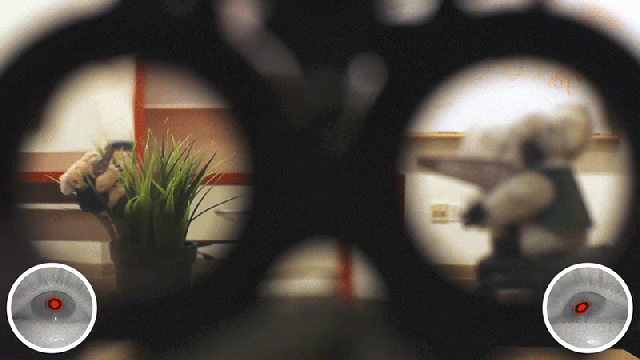If you don’t already deal with a condition called presbyopia, you probably will by your mid-40s. It’s when the lenses in your eyes lose elasticity making it hard to focus on objects up close, like the words in a book. The solution is to occasionally wear reading glasses or glasses with progressive lenses that can limit your focal range. But researchers at Stanford University in the U.S. have come up with another solution – glasses that detect and automatically focus on whatever someone’s eyes are looking at.
Glasses with progressive lenses work well enough, and many prefer them over having to reach for reading glasses whenever they want to peruse a menu or quickly glance at their phones. But they also often require awkward head movements to allow the wearer to focus on certain things, like a car’s side mirrors while driving, due to the limited peripheral focus they offer, as the Stanford researchers point out.
The solution could be very similar to a prototype pair of smart glasses developed and tested at Stanford called the autofocals that use a pair of fluid-filled lenses that get thicker and thinner to adjust their focal distance.
It’s similar to other prototypes that have been created to emulate how the lenses in the human eye work, but it improves upon past efforts with the integrated eye tracking sensors that work with custom software to triangulate where the wearer is looking, and then automatically adjust the lenses to ensure the target is always in perfect focus.
In testing conducted on 56 people with presbyopia, the subjects found the autofocals to be a better solution than progressive lenses when it came to reading, and, not surprisingly, faster than reaching for a pair of reading glasses. What they didn’t like so much was the bulk and weight of the autofocals, which, in their current state, apparently resemble a pair of virtual reality glasses.
So far, that seems to be the biggest roadblock for any kind of smart or enhanced eyewear to catch on. We’re used to glasses being incredibly thin, light, and unobtrusive on our faces, but when you start adding electronics, sensors, cameras, batteries, and even tiny screens, they quickly become bulky and uncomfortable to wear.
The Stanford researchers hope to miniaturise the technology on the autofocals so that one day a single pair of self-adjusting glasses could serve a person for decades without the need for an upgraded prescription, but that ‘one day’ is going to have to wait a while for the requisite technology to shrink and catch up.
